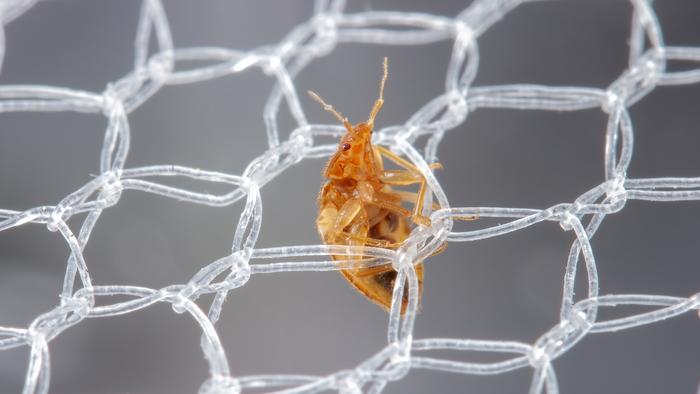A recent review of academic literature reveals an unforeseen consequence of successful malaria prevention efforts in Africa. As insecticide-treated bed nets and indoor spraying programs effectively reduced mosquito populations, they also suppressed other household pests. Now, as these pests develop resistance, their resurgence is causing communities to distrust and abandon malaria prevention measures.
The Double-Edged Sword of Insecticide Treatments
For years, insecticide-treated bed nets and indoor spraying have been crucial weapons in the fight against malaria. These methods target mosquitoes that transmit the disease, which infected an estimated 247 million people globally in 2021, according to the World Health Organization. However, researchers at North Carolina State University have uncovered an unexpected side effect of these treatments.
Chris Hayes, a Ph.D. student at NC State and co-corresponding author of the study, explains: “These insecticide-treated bed nets were not intended to kill household pests like bed bugs, but they were really good at it. It’s what people really liked, but the insecticides are not working as effectively on household pests anymore.”
This unintended benefit of controlling other pests like bed bugs, cockroaches, and flies initially made the malaria prevention measures popular among communities. However, as these pests developed resistance to the insecticides, their return has led to growing skepticism about the effectiveness of bed nets and indoor spraying.
Community Perceptions and Malaria Resurgence
The study, which reviewed 28 peer-reviewed papers from an initial pool of over 1,200, highlights how community perceptions of these treatments have shifted. In one survey of 1,000 households in Botswana, while 58% were most concerned about mosquitoes, over 40% were more worried about cockroaches and flies.
Even more concerning, Hayes notes that recent research shows “people blamed the presence of bed bugs on bed nets.” This misplaced blame has led some communities to stop using bed nets altogether, potentially contributing to rising malaria rates.
Coby Schal, Blanton J. Whitmire Distinguished Professor of Entomology at NC State and co-corresponding author, points out the irony of the situation: “Non-target effects are usually harmful, but in this case they were beneficial.”
Why it matters: This research underscores the complex challenges in public health interventions. While the malaria prevention measures have been largely successful in their primary goal, the unintended consequences threaten to undermine years of progress. Understanding and addressing these issues is crucial for maintaining effective disease control strategies and ensuring community buy-in.
The researchers suggest two potential solutions to address this issue. One approach involves a two-pronged strategy that combines mosquito treatment with separate urban pest management targeting other household pests. Alternatively, they propose developing new malaria-control tools that simultaneously target both mosquitoes and other pests.
Schal emphasizes the potential of this latter approach: “If you offer something in bed nets that suppresses pests, you might reduce the vilification of bed nets.”
As the global health community continues to battle malaria, this study highlights the need for holistic approaches that consider not just the primary target of interventions, but also their broader impacts on communities and ecosystems. Future research and development in this area could lead to more comprehensive and sustainable solutions for both malaria prevention and household pest control.


